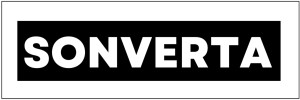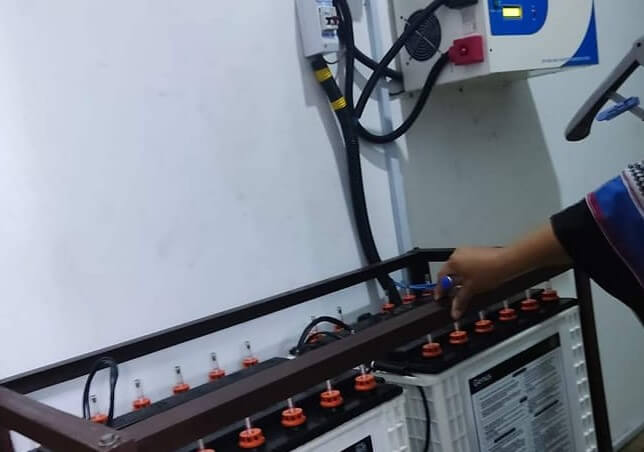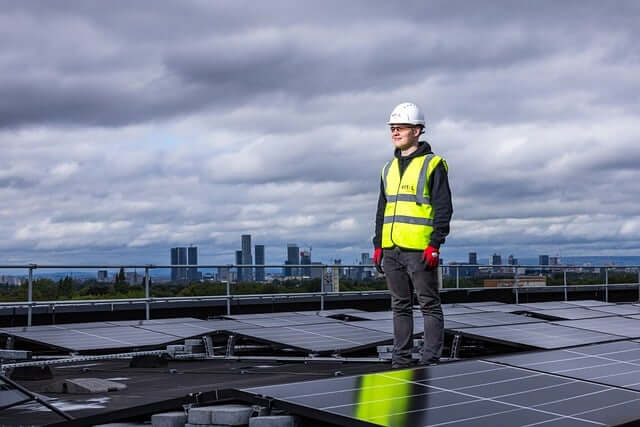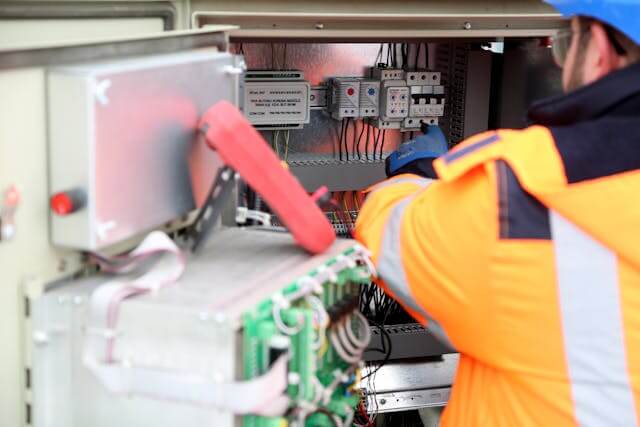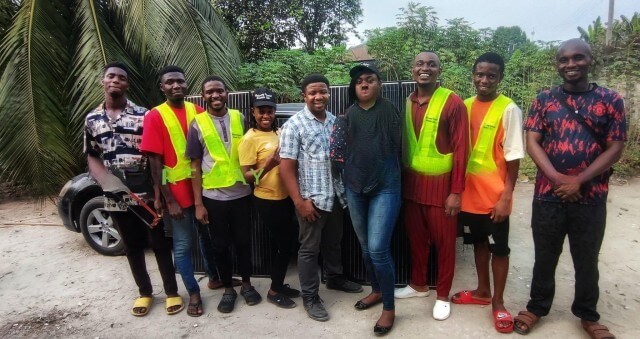Assembling the different components of a solar panel system may sound like a task for scientists. Yet unlike science, you will come across varying opinions as to what makes the most critical components of the solar system. The thing is, each solar installation requires 5 critical parts and some optional ones.
In this blog post, we’ll explain the five key components that form the backbone of a solar panel system. From the sun-catching panels to the inverters, energy-storing batteries, charge controllers, and the sturdy mounting structures.
Each component in this ensemble contributes uniquely to the system. Let’s explore what these important components are. You will also learn about how they work together to transform sunlight into a potent force that lights up your home and appliances.
Solar Panels
While other components of a solar system are pretty much unknown, solar panels are the most known parts. You have seen them lying pretty on rooftops. Cells make up each panel and the panels make up the solar array.
Solar panels can be made using different materials, depending on the manufacturer. The material notwithstanding, the solar panel has to “catch” the sun’s energy and convert sunlight into electricity.
Some panels are off-grid but the ones on rooftops are on the grid. Yes, they can be mounted on vehicles as off-grid solar panel components. But they are rarely done here, yet. On-grid panels mounted on the rooftops are tilted at an angle to absorb as much sunlight as possible throughout the day.
Solar Inverter
What next after trapping sunlight? Solar panels produce direct current (DC) electricity, but your home is powdered using alternating current (AC). The inverter steps up as the translator, converting DC to AC.
This way, energy trapped is usable for your appliances. Without it, the captured energy would be locked away. As an essential element of any solar energy system, this part works really hard throughout the lifetime of your solar system.
That’s the reason you must invest in a high-quality inverter. While your solar panels can stick around for a longer haul, the solar inverter lasts about 10 years.
It is also the component of the solar panel system that is more likely to develop faults over time. A top-quality inverter will you peace and reliability.
Solar Power Systems Disconnects
You may need to cut off power output from your solar panels from time to time due to fixes, maintenance, or for any other reason.
The solar system disconnects allow you to do just that. They are the electrical switch that controls your system. It is an integral part of the solar system component which shuts off the direct current from reaching the inverter from the solar panels.
It is basically the off-switch for the solar panel system.
Battery Storage
But what happens when the sun takes a break? That’s where battery storage comes in. They store excess energy generated during sunny periods for later use during cloudy days or nighttime. Battery technology is an excellent option for homeowners who need to use their energy in the evenings. With a robust battery system, your home enjoys a constant supply of solar power, rain or shine. If you want or need to store a large amount of energy, you can use more than one battery, known as a battery bank.
There are different types of solar power setups. If you are using batteries, you must plan the type of set-up from the outset. For instance, the hybrid system is harder to add to a grid-tied system after set-up.
There are also several battery options available within the solar power industry. The two main battery chemistries are lead acid and lithium. And within the battery categories, there are other variations. Examples include lead-acid, Lithium-ion, Nickel-cadmium, and Flow each with its pros and cons.
Then there is the charge controller. It has the function of protecting your batteries from overcharging by regulating the flow of electricity. This plays a crucial role in maintaining the health and efficiency of your solar power system.
Mounting Structure
Whether perched on your roof or grounded, these structures secure your panels at the perfect angle to capture maximum sunlight. The mount or rack is not an electrical component. It’s the foundation of your solar setup which ensures your solar panels are always facing their energy source – the sun. It is critical to install a mount correctly. If panels are mounted at the wrong angle, the efficiency of your system will suffer.
Overall, the Basic Components of a Solar Panel System Work Hand-in-Hand Like Team Players…
Solar Panels: Absorb sunlight and convert it into electricity.
Solar Inverter: Transforms DC electricity into AC, making it usable for your home.
Battery Storage: Stores excess energy for use during non-sunny periods.
Charge Controller: Regulates electricity flow, protecting batteries from overcharging.
Mounting Structure: Provides a secure base, ensuring optimal positioning of solar panels.
Each Component of the Solar System is pivotal for:
- Efficiency: Solar panels ensure optimal energy capture.
- Usability: The inverter makes the energy suitable for home appliances.
- Reliability: Batteries store energy for a consistent power supply.
- Safety: The charge controller prevents overcharging, ensuring system longevity.
- Effectiveness: The mounting structure secures panels for maximum sunlight exposure.
In Conclusion…
The sun’s energy is not just a distant celestial marvel. It is a tangible force that can power your home appliances. And setting up a solar panel system is a bit like assembling a team. Each component plays a crucial role.
With professional installation, you will not only unlock the gateway to sustainable energy, but you will also save money on electricity bills.
This is not just an investment in technology. It’s an investment in a cleaner, greener world. So, contact a professional today to say bye-bye to unsteady electricity. Professional installation is an important aspect of the solar installation process. You want to ensure that you get value for your money by getting it right from the start.
